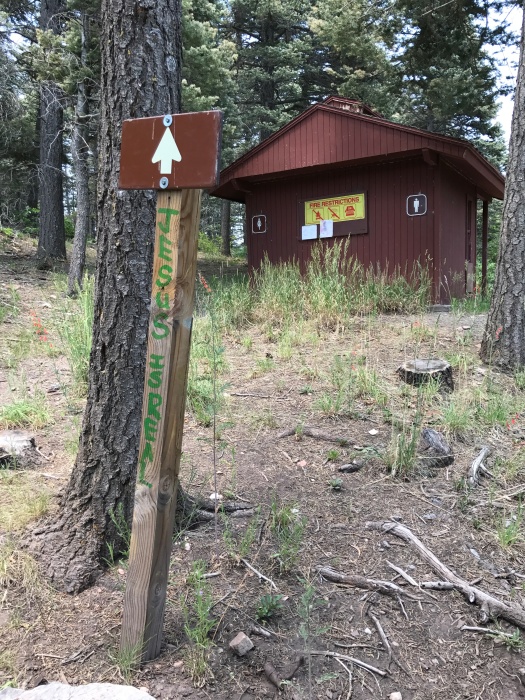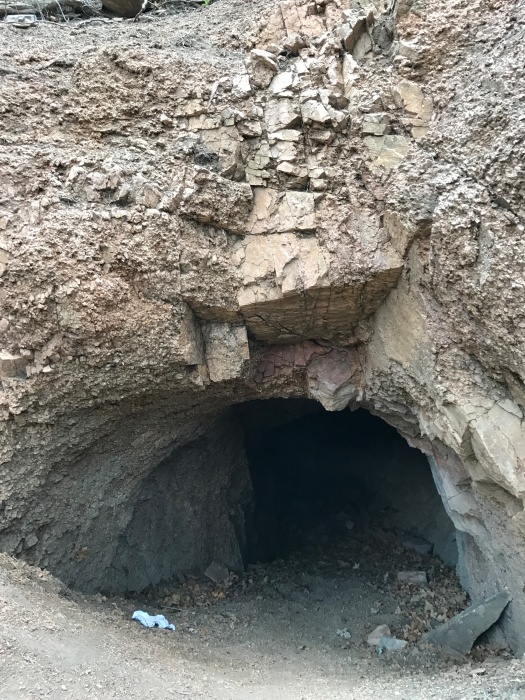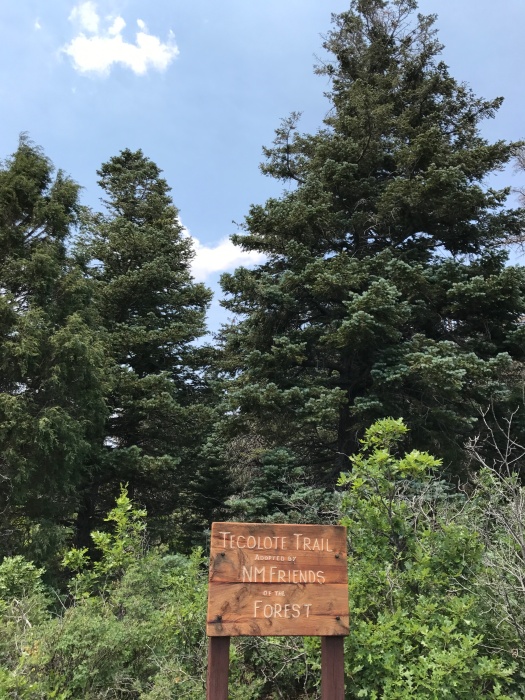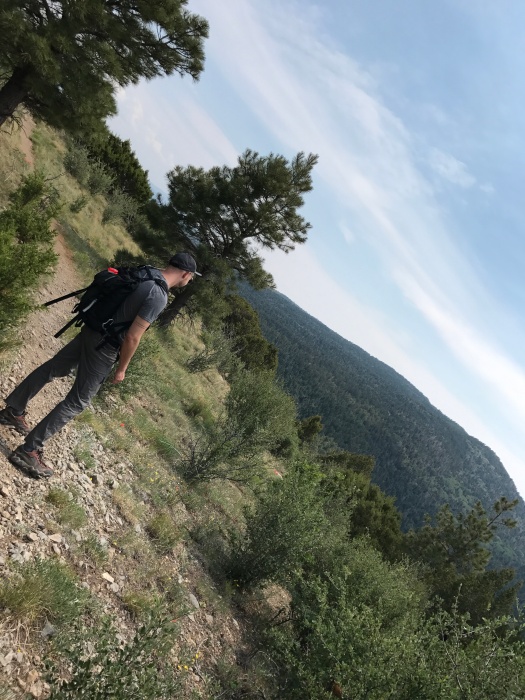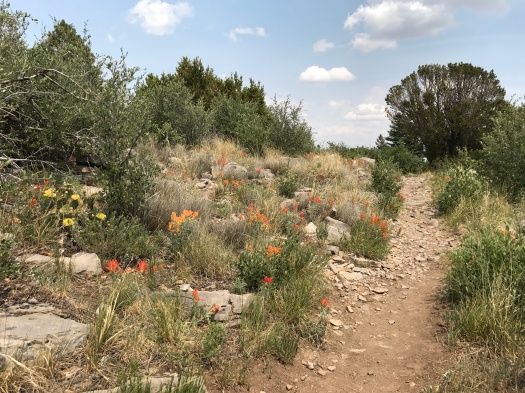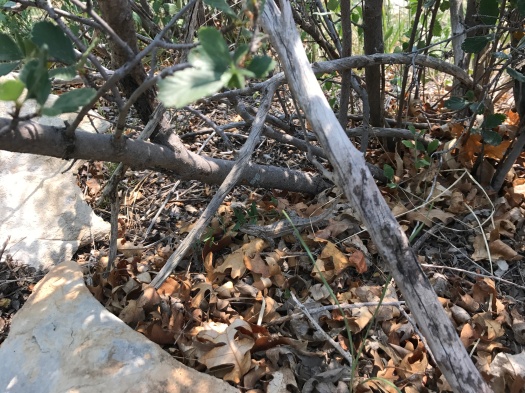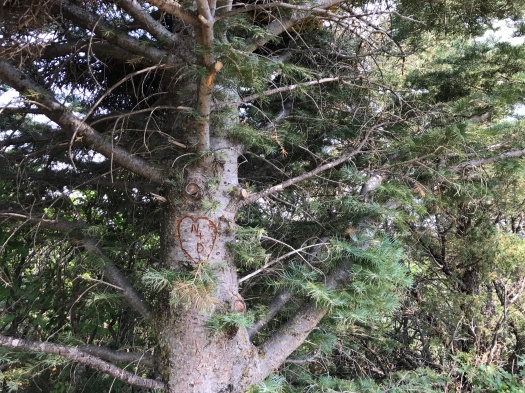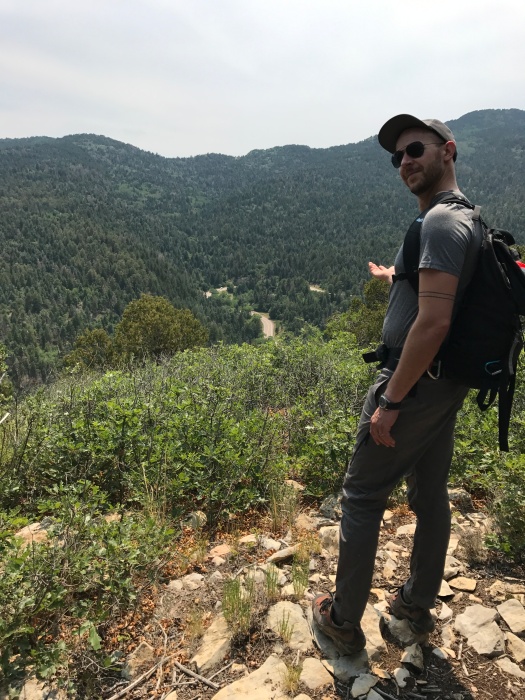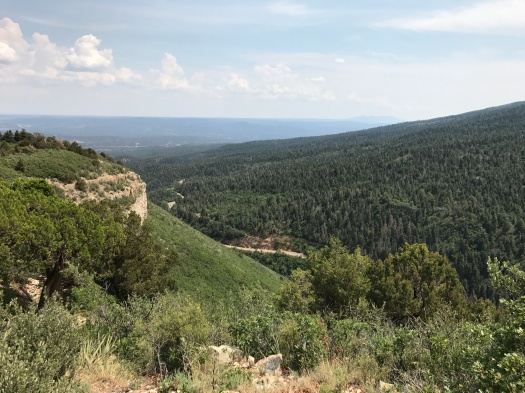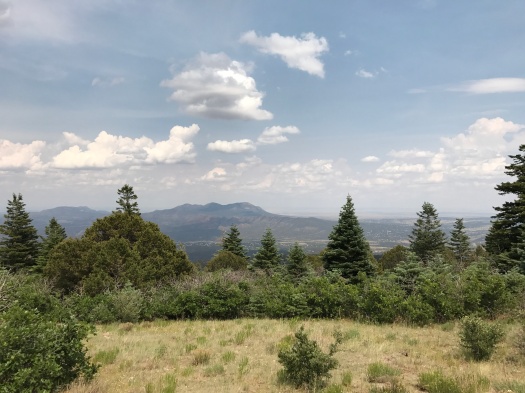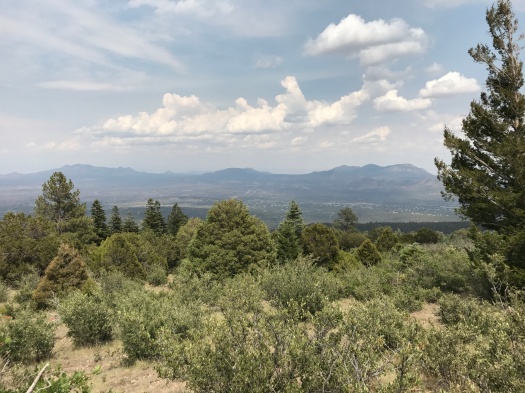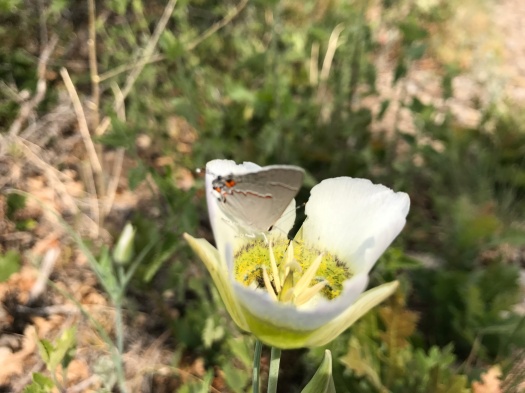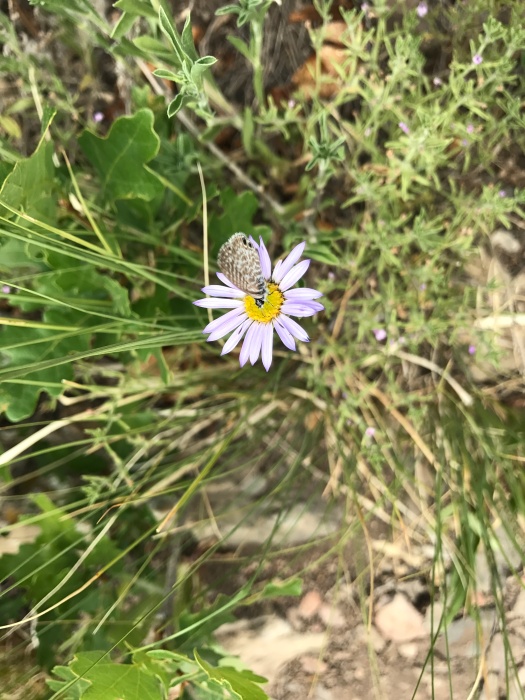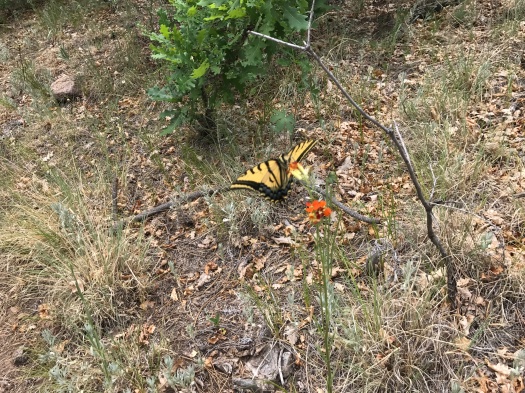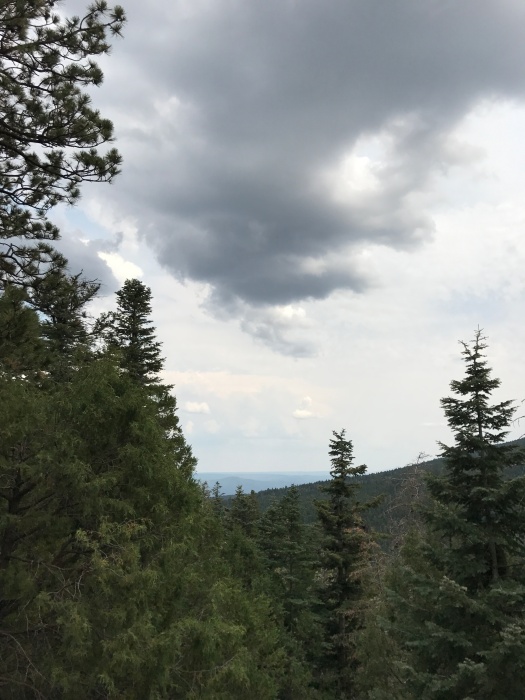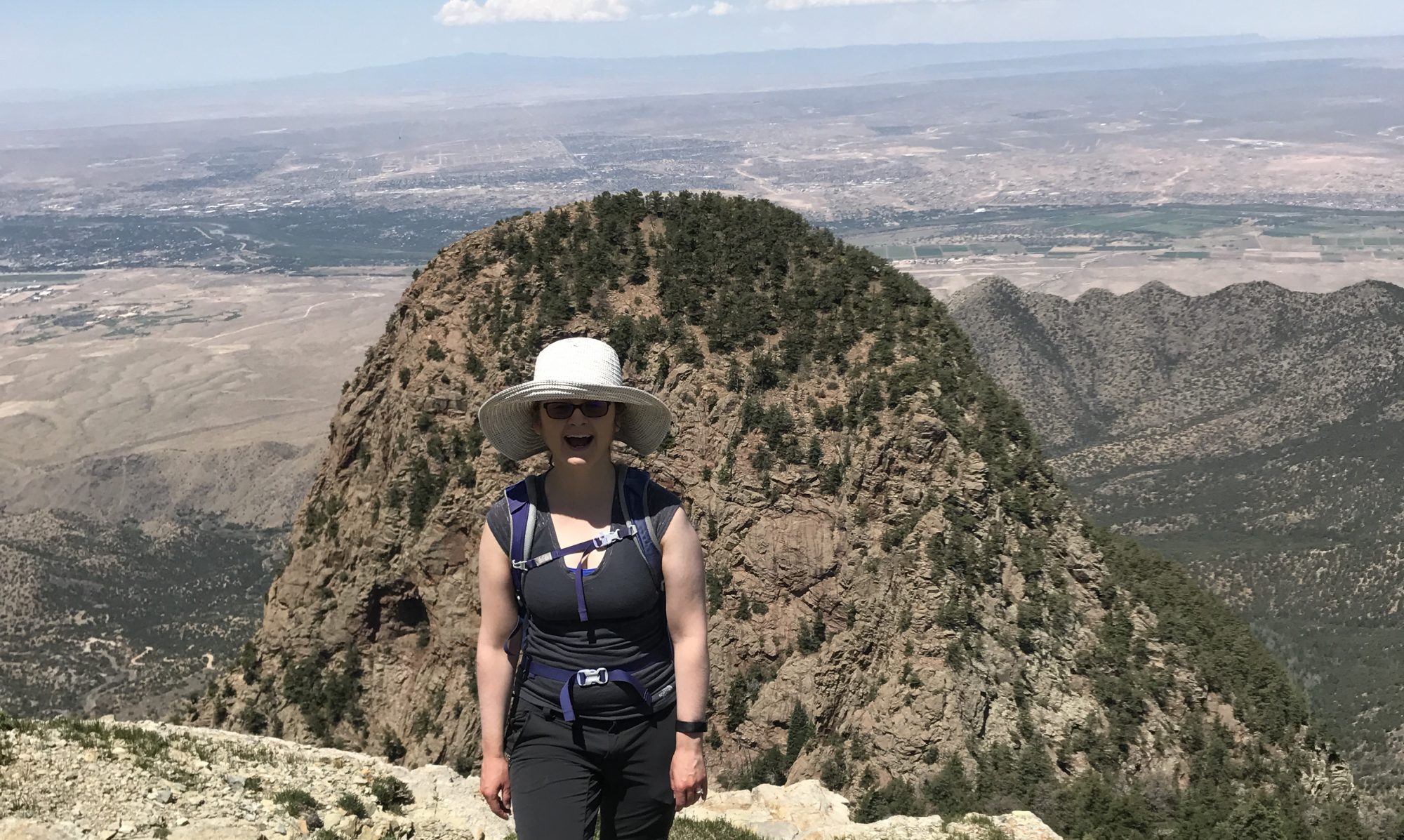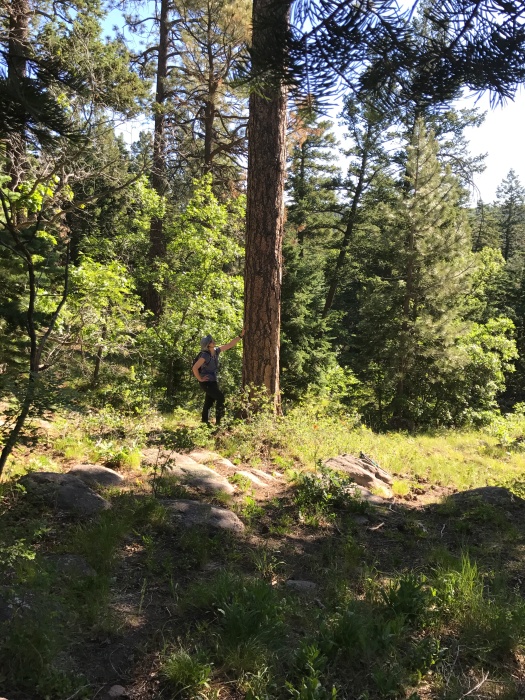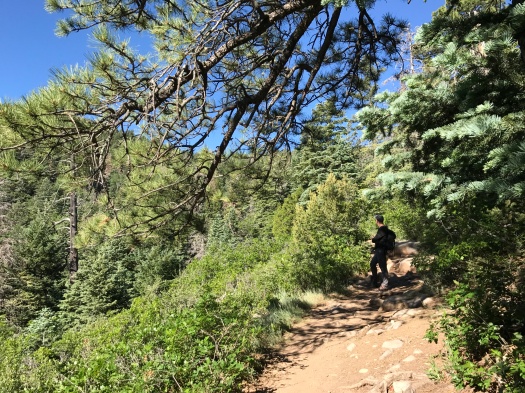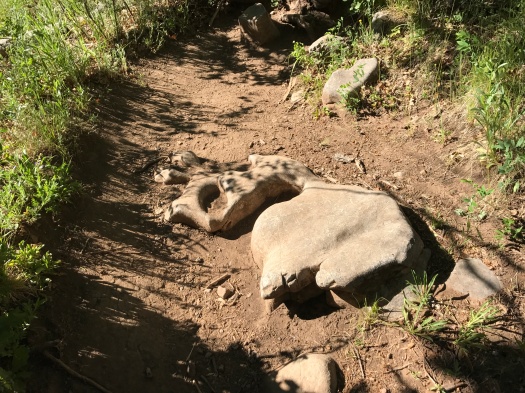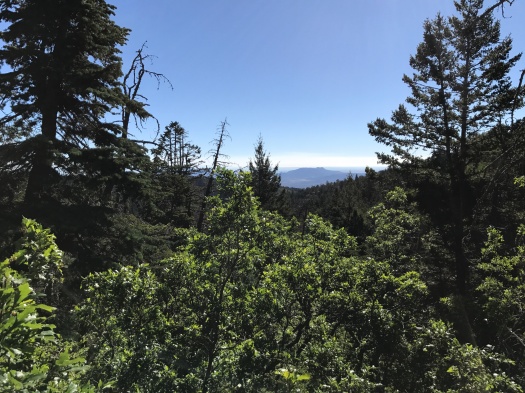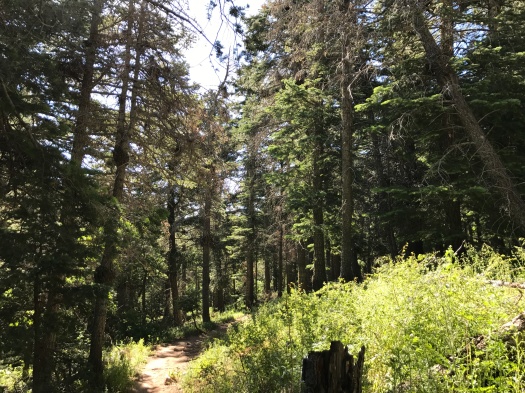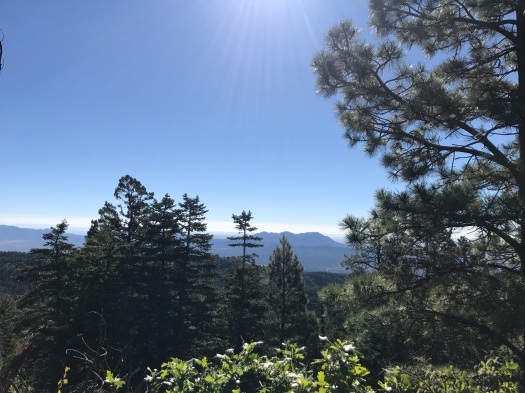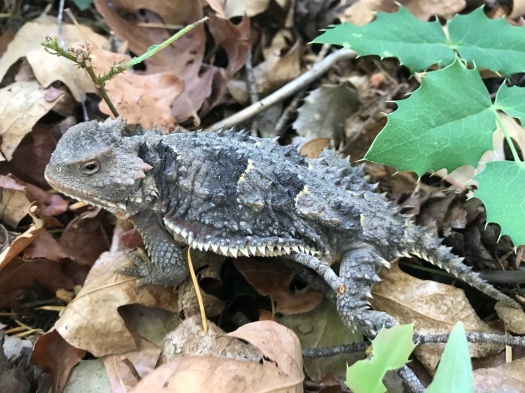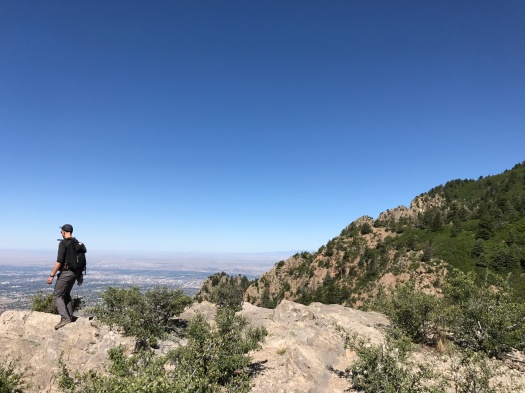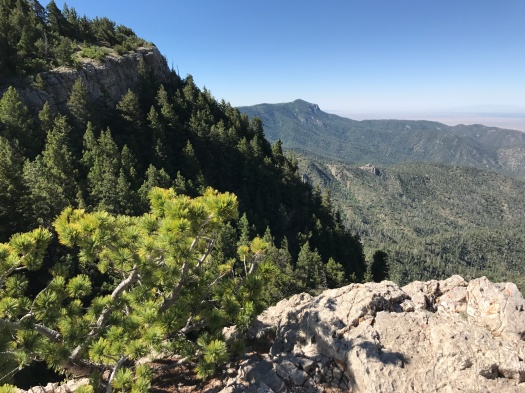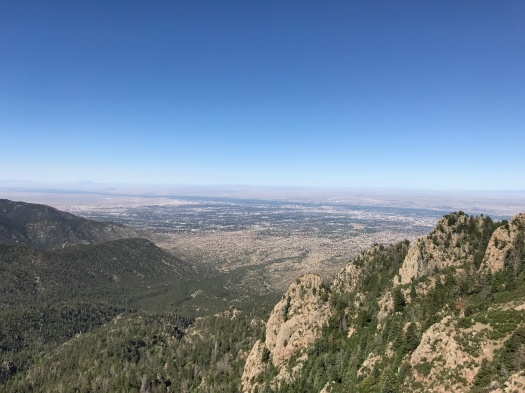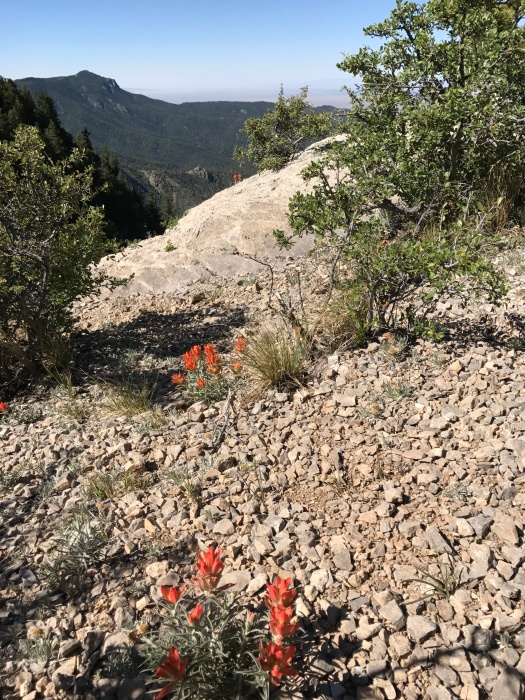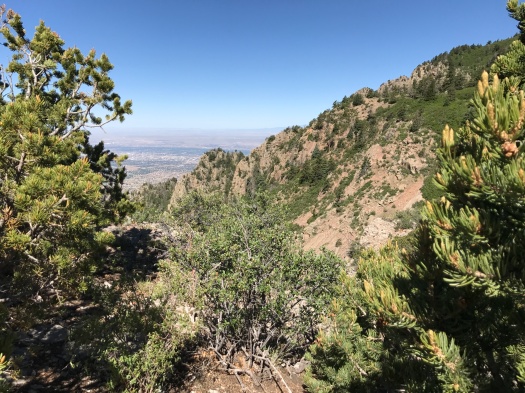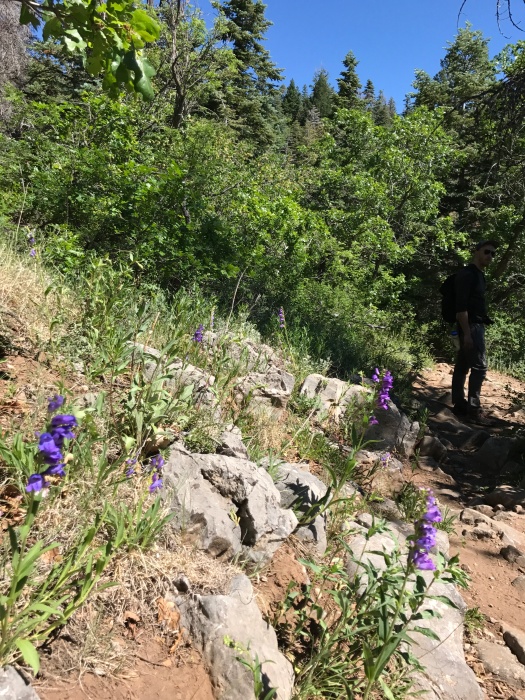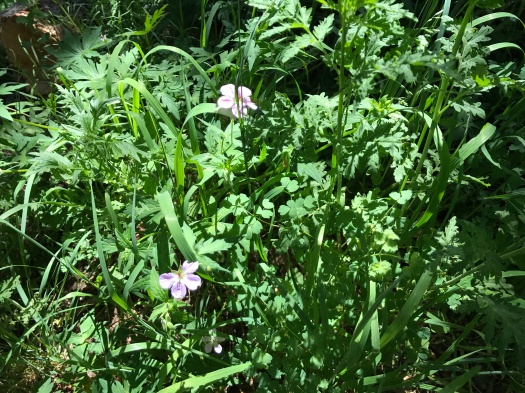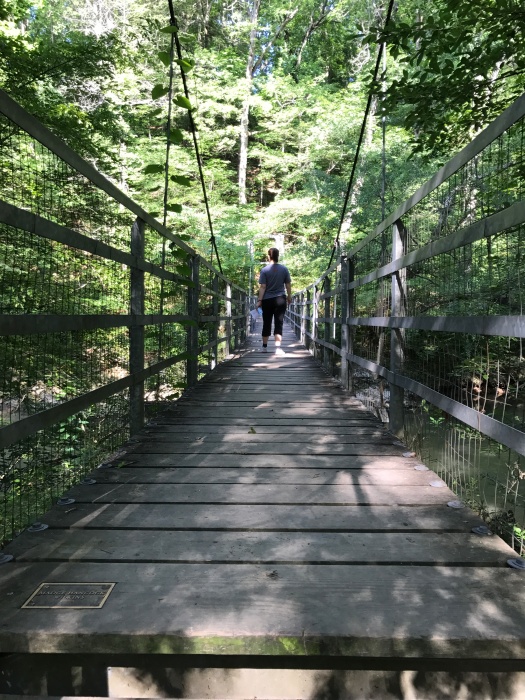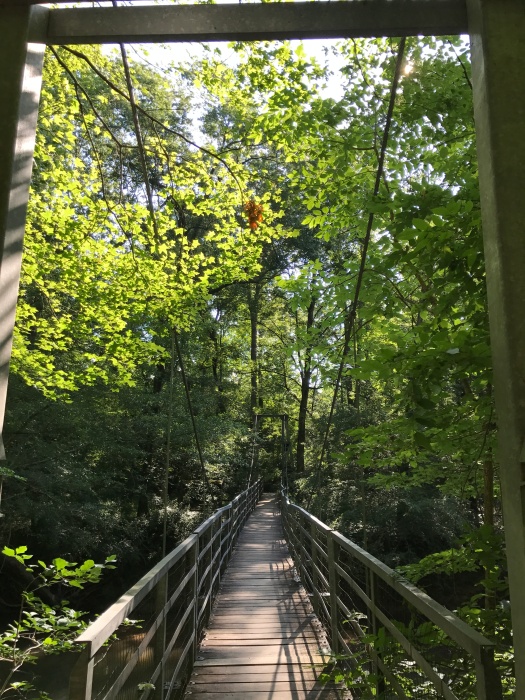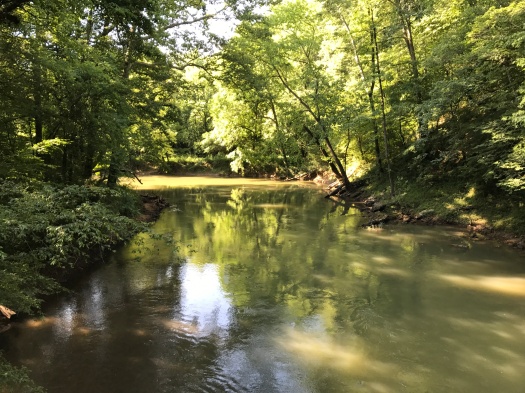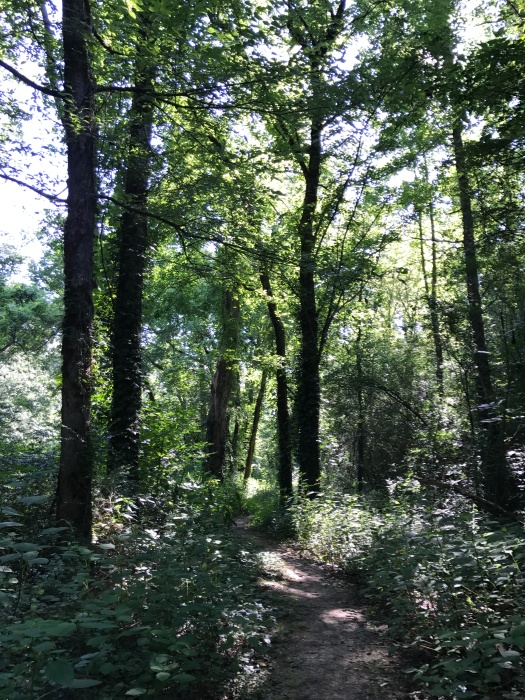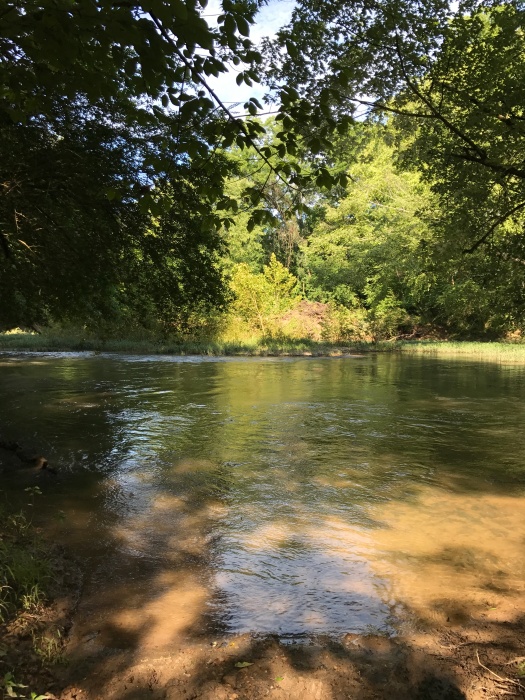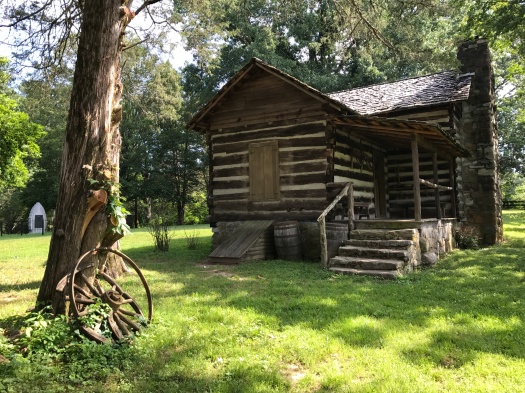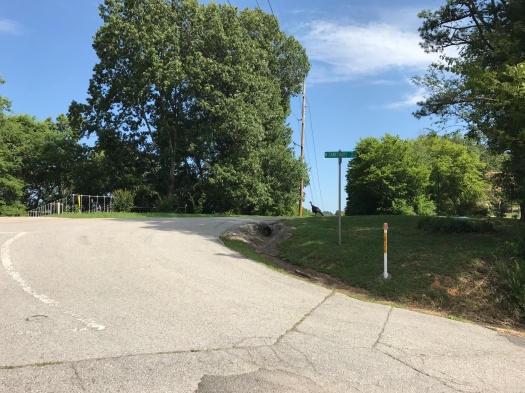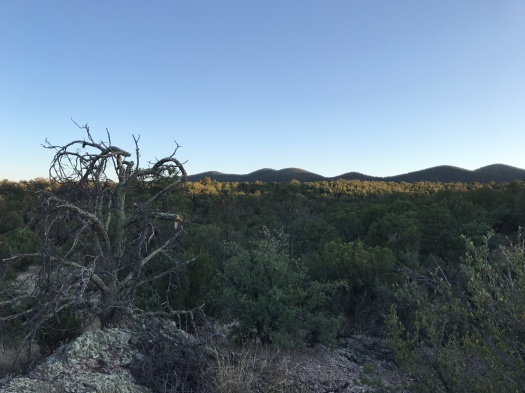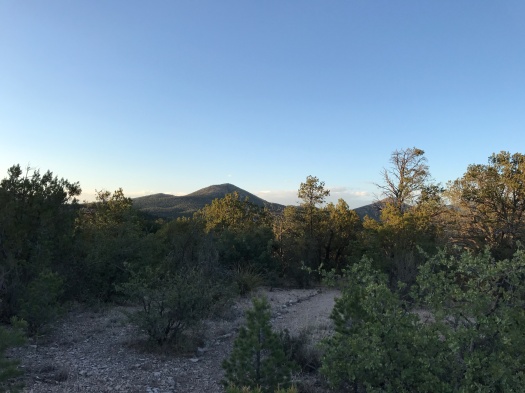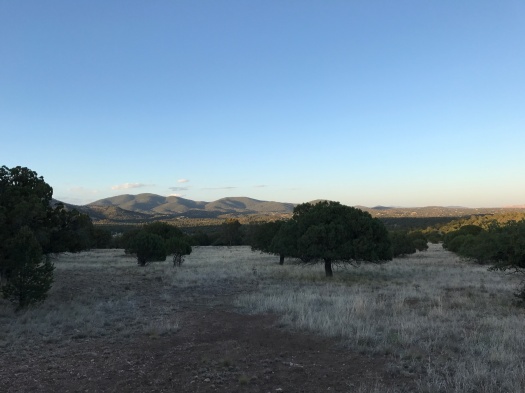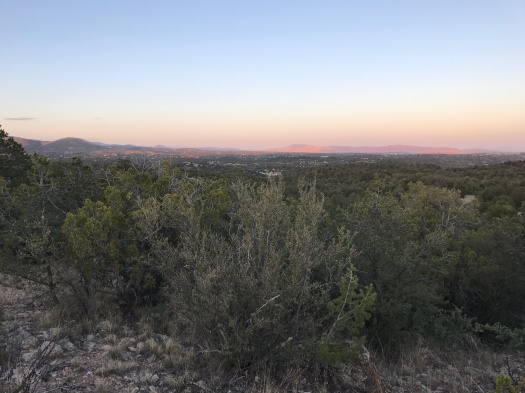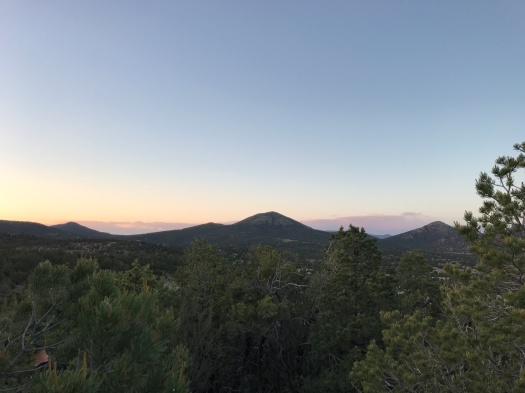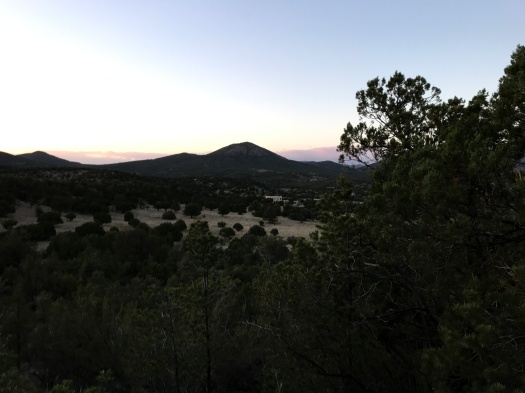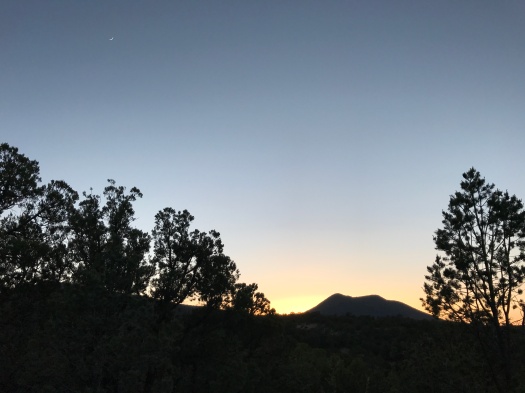As soon as I stepped out of the car at the Tecolote Trail in the Sandia Mountains, I recognized the scent. It smelled like the Christmas tree farm where my family got our trees when I was growing up.
Unlike many New Mexico mountain hikes where the vanilla-tinged smell of ponderosa pine hits you periodically, this trail smells like straight-up pine and fir pretty much the whole time. Like Christmas, in other words.
Besides the smell, the other thing I noticed right away was the breeze. A heat wave of endless 100-degree days had broken and the temperature was in the low 80s, with 40 percent humidity. That meant more sweating on the trail, but also more coolness in the wind.
Then we heard a clear, musical bird call neither my husband nor I could identify. We later spotted a Western tanager high in a tree, and suspected the call was theirs.
We had two hours before a hefty chance of thunderstorms, so we’d chosen the less-than-three-mile Tecolote Trail, at 8,200 feet in the Sandias. It was just half a mile up the road from the hike we did last weekend, but significantly less difficult, and with views of different mountain ranges. This hike’s accessible enough that everyone from the young to the old can enjoy it, and we saw multiple generations of families tackling it together.
The trail is much gentler than nearby Tree Springs, ascending steadily but gradually. One of the first things you spot is an old mine shaft carved into the rock. Along the trail grow both mountain wildflowers and cacti with chartreuse flowers. It doesn’t take long to reach killer views, including one of a rock dome with a huge grassy slope rolling away from it – the biggest area I’ve seen in the Sandias covered with something other than evergreens.
At the top, a quarter-mile loop leads to fantastic views of the Ortiz and San Pedro Mountains. We did some serious butterfly chasing, and even spotted – a first for me – two butterflies mating on a flower.
When we started the hike, I thought the soft, blurry quality to the air might be a heat haze. But it was clear right away, given how fragrant and moist the air was, it had to be water vapor – the most humidity we’ve encountered on a New Mexico hike in a long time.
The clouds began to close in just as we headed back down. When the sky turned gray, all the shades of green along the trail began to look really saturated.
It was the best-smelling 90 minutes I’ve spent in a long time – and there was plenty to see, too.
Length: 2.8 miles
Trail traffic: moderate
Difficulty: easy
Wildlife spotted: butterflies (including swallowtail, and some caterpillars), tanager, enormous vulture, grasshoppers, rabbit
